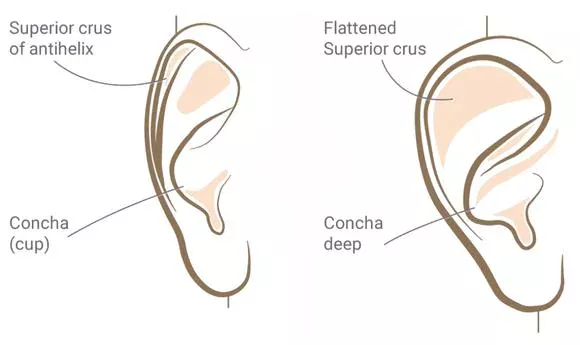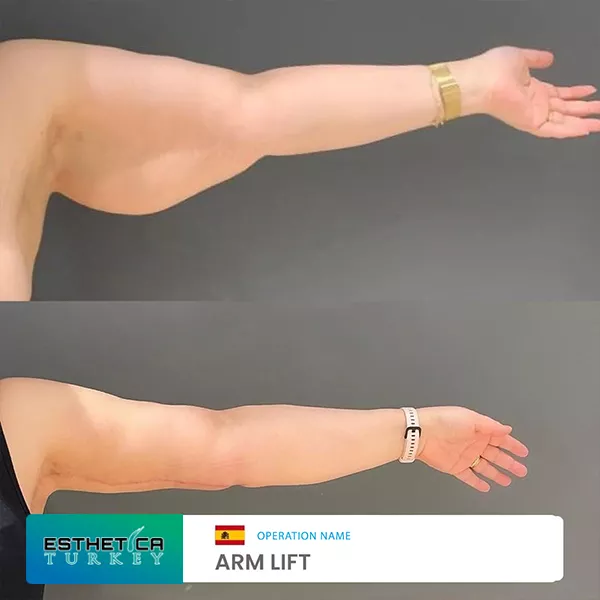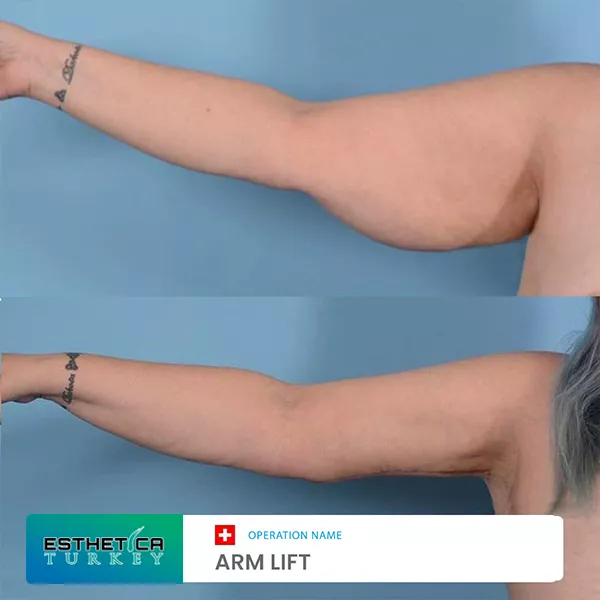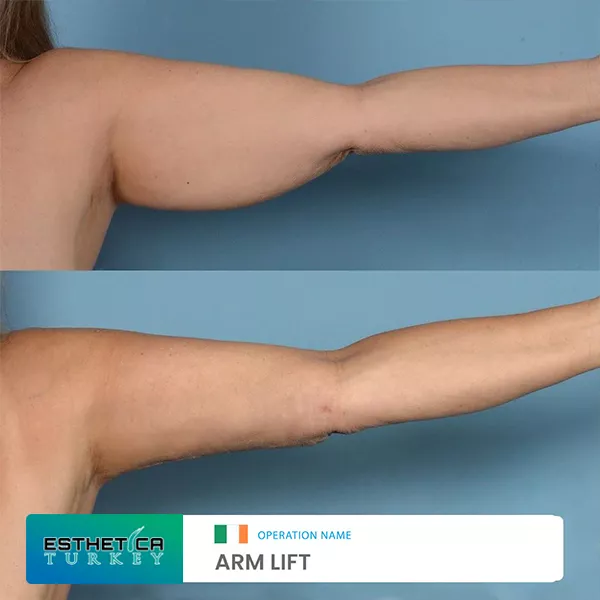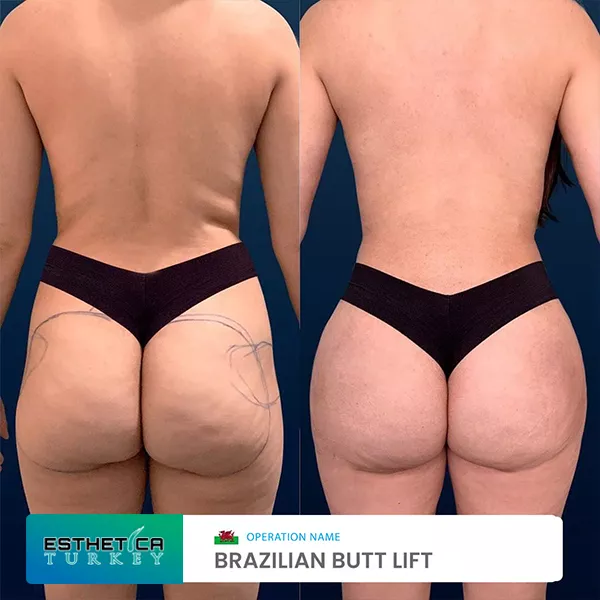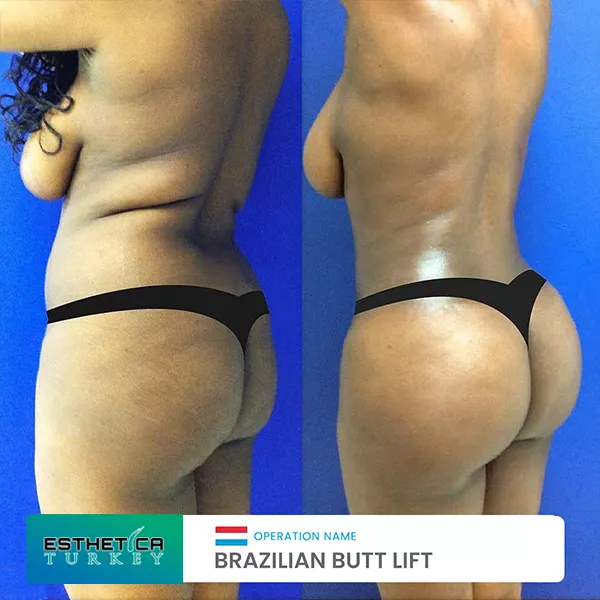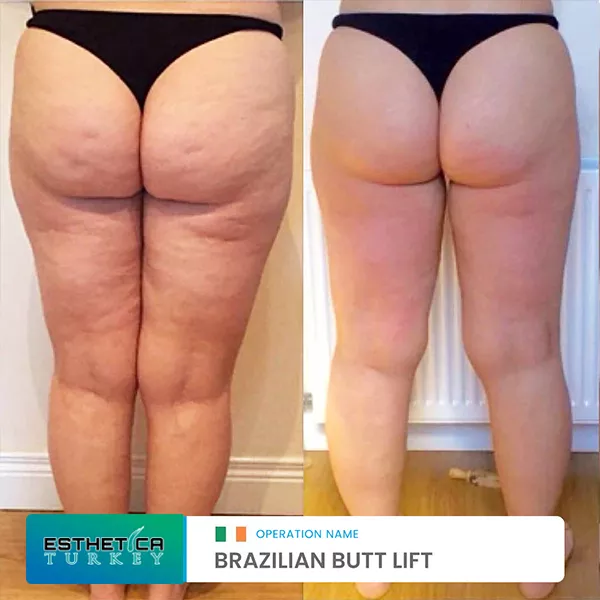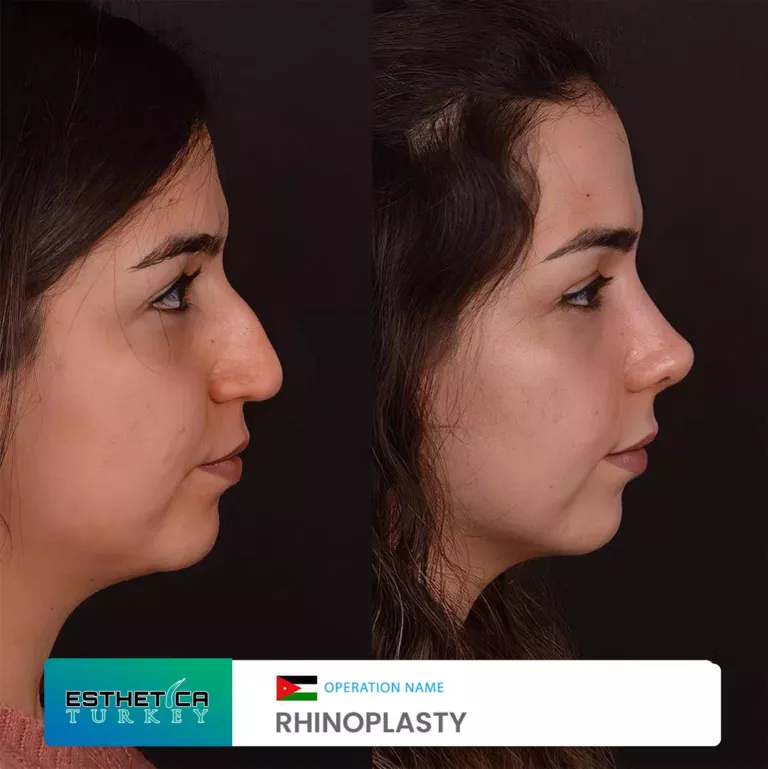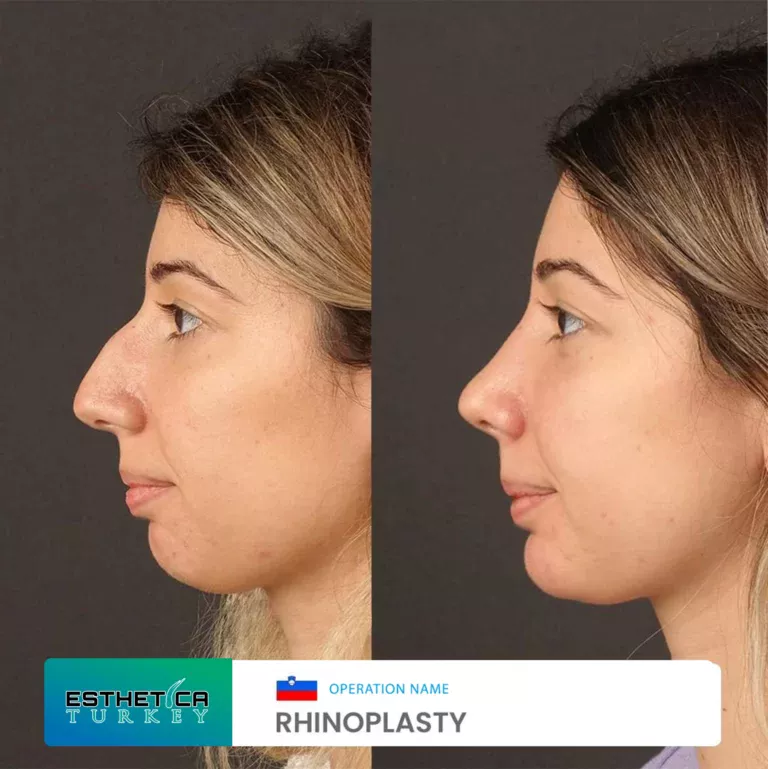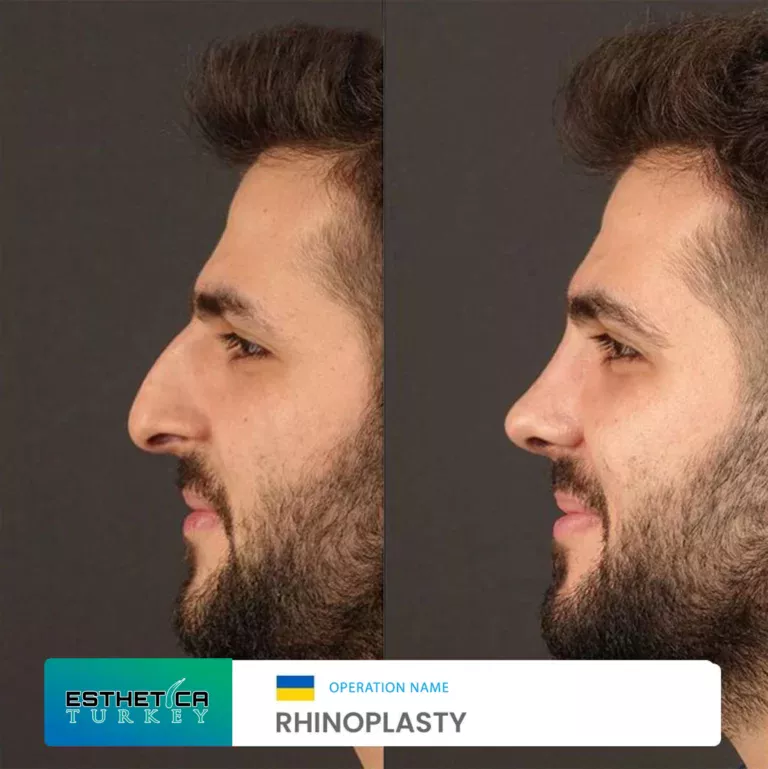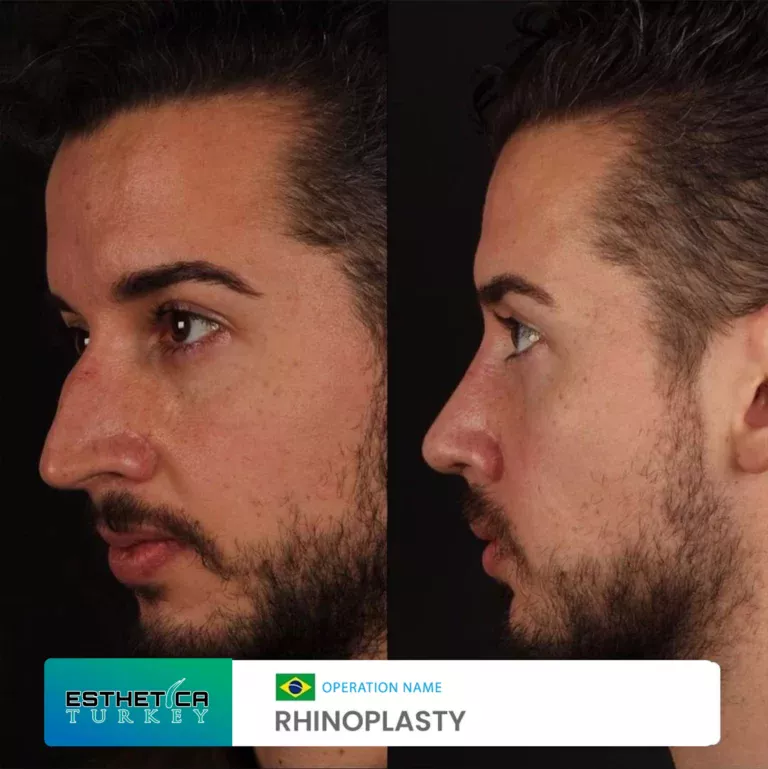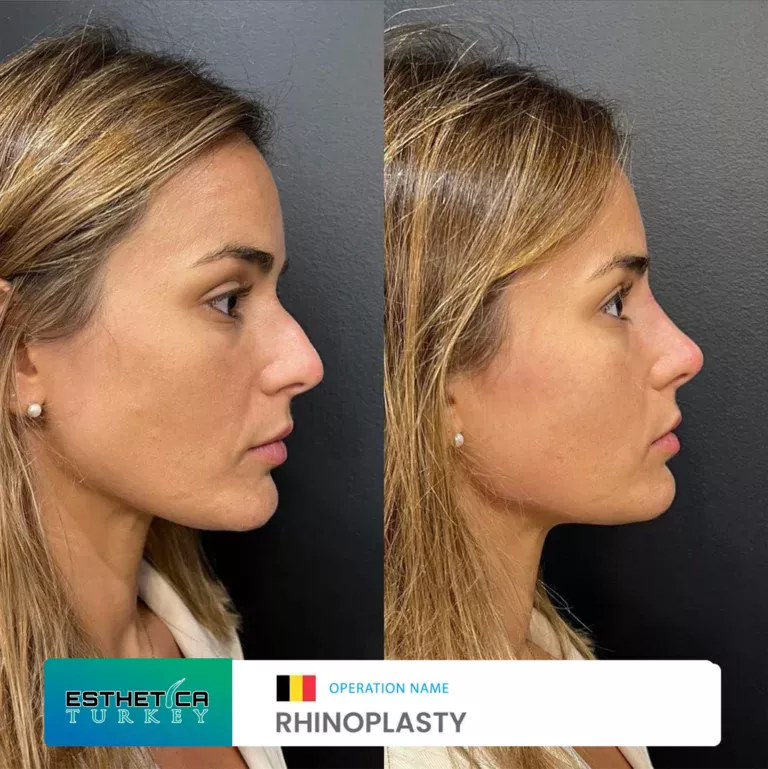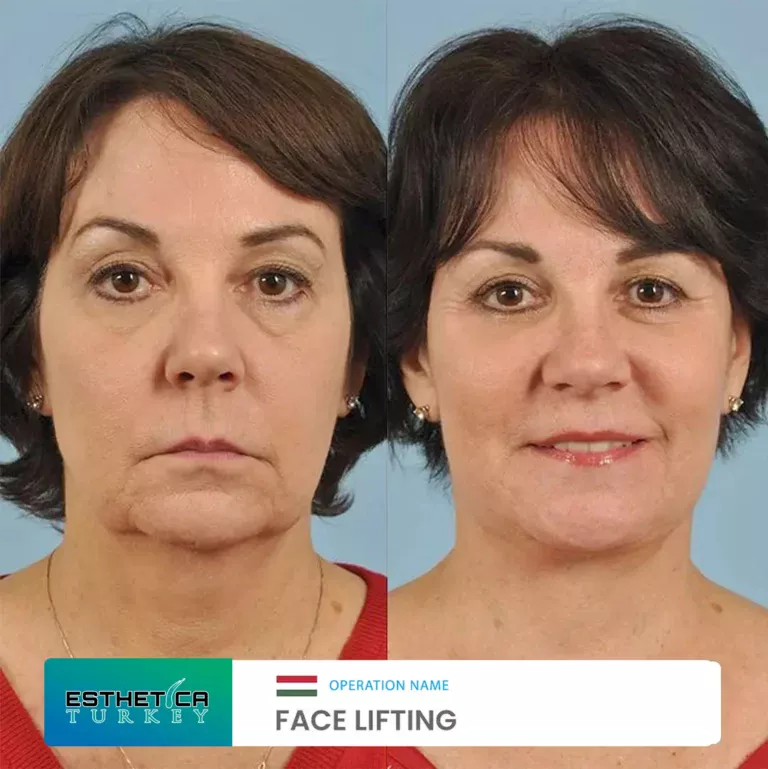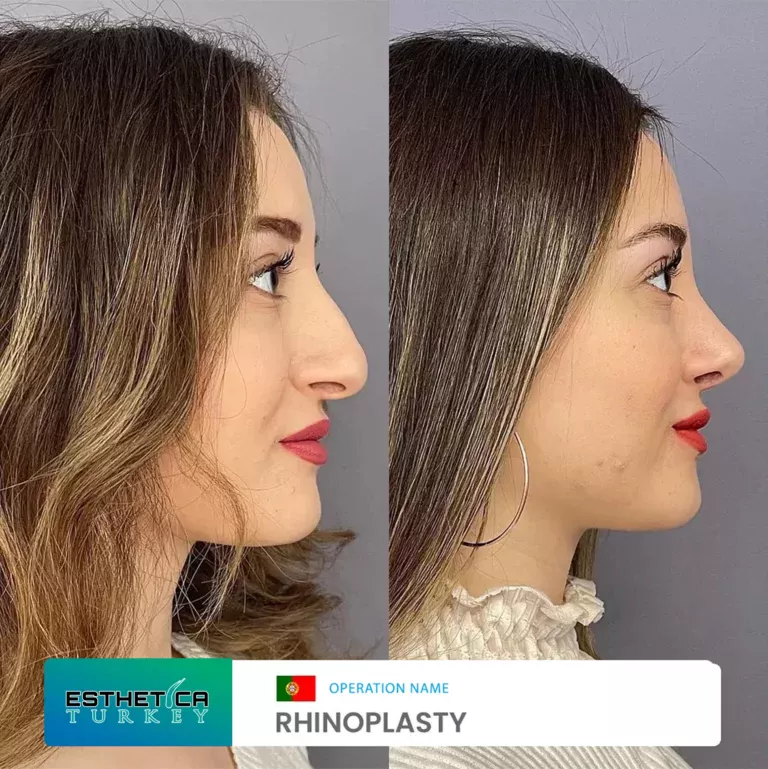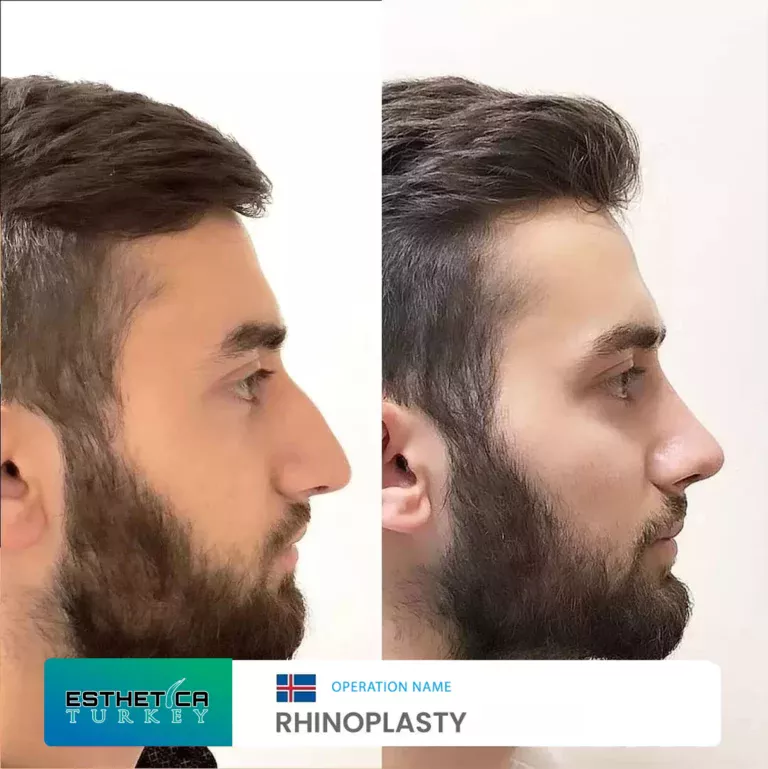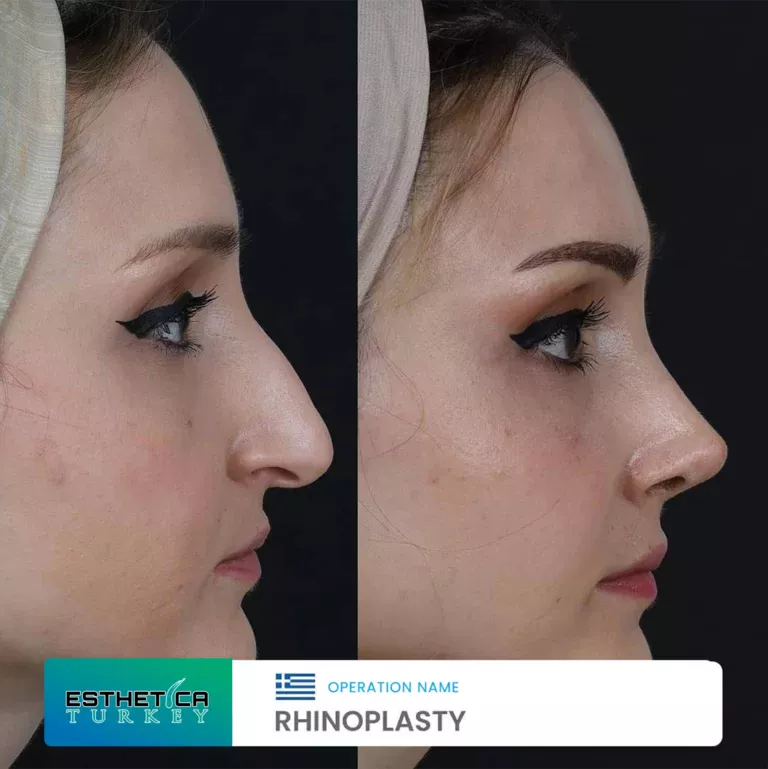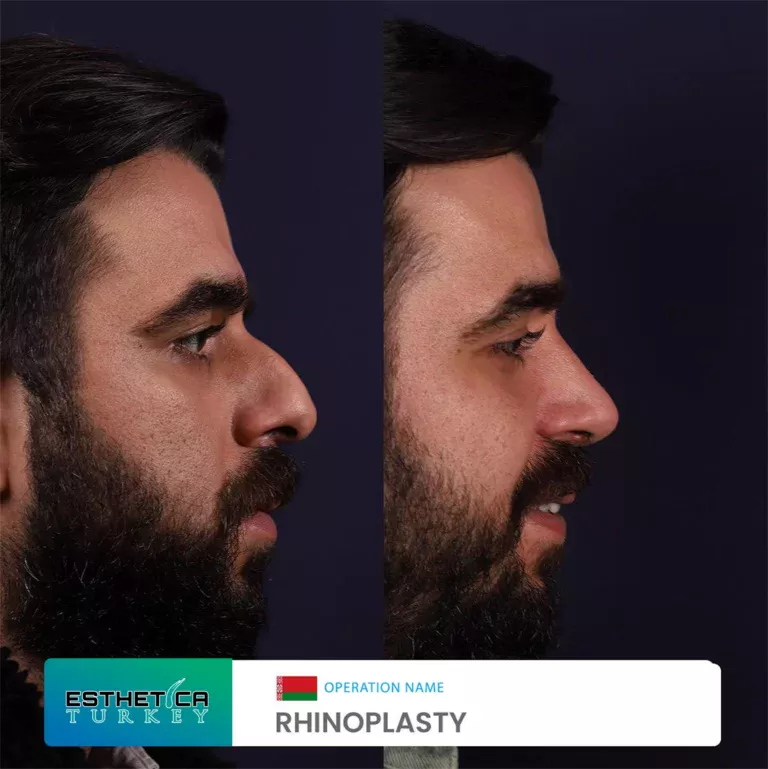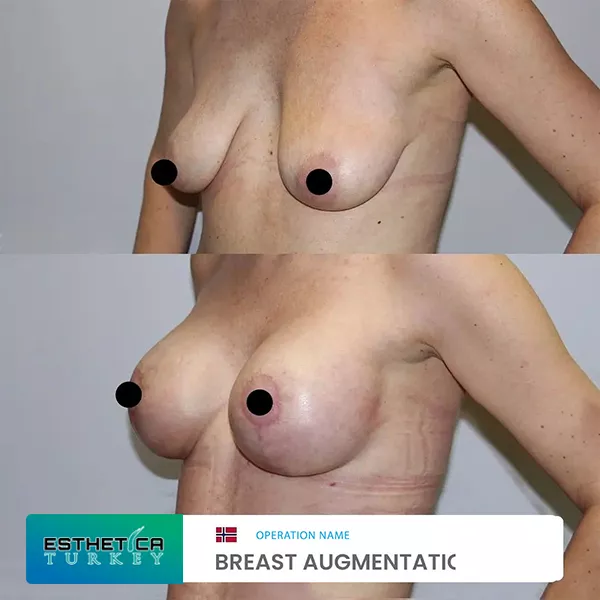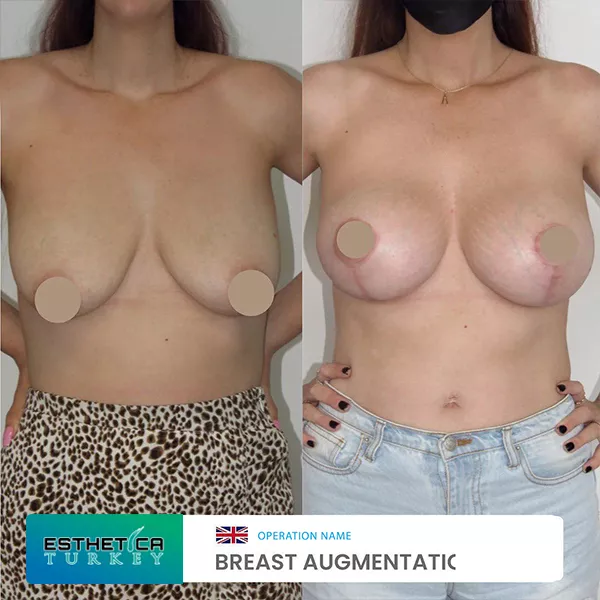Enhancing Your Ear Aesthetics
Welcome to our clinic’s website, where we provide valuable information about otoplasty in Turkey. In this article, we will explore what otoplasty is, the different types available, and what patients can expect before, during, and after the procedure. If you are considering otoplasty to improve the appearance of your ears and boost your self-confidence, read on to learn more about this transformative cosmetic surgery.
What is Otoplasty?
Otoplasty, also known as ear reshaping surgery, is a surgical procedure designed to correct and enhance the appearance of the ears. It is commonly performed to address issues such as prominent ears, ear deformities, or ears that are disproportionate in size or shape. Otoplasty can create a more balanced and aesthetically pleasing ear contour, bringing harmony to the facial features.
Types of Otoplasty:
1. Traditional Otoplasty: In traditional otoplasty, an incision is made behind the ear to expose the ear cartilage. The surgeon then sculpts and reshapes the cartilage, creating a more desirable ear shape. Excess skin may also be removed if necessary. The incisions are carefully closed, leaving minimal scarring.
2. Non-Invasive Otoplasty: Non-invasive otoplasty, also known as ear molding or ear splinting, is a non-surgical alternative suitable for infants or young children. This technique involves using specialized devices or splints to reshape and mold the ear cartilage over time. Non-invasive otoplasty is effective in correcting mild ear deformities and does not require any incisions.
Before the Operation:
Before undergoing otoplasty, patients will have a comprehensive consultation with a plastic surgeon. During this consultation, the surgeon will assess the ear structure, discuss the patient’s concerns and desired outcomes, and develop an individualized treatment plan. Medical evaluations, including imaging tests, may be conducted to ensure the procedure’s safety.
During the Operation:
Otoplasty is typically performed under local anesthesia with sedation or general anesthesia, depending on the patient’s age and the complexity of the procedure. The surgeon will make the necessary incisions, access the ear cartilage, and reshape it to achieve the desired result. Excess skin may be removed, and the incisions are meticulously closed. The procedure usually takes a few hours.
After the Operation:
Following otoplasty, patients will be provided with post-operative instructions to promote optimal healing. A bandage or dressing will be applied to protect the ears, and patients may experience mild swelling and discomfort. Pain medication can be prescribed to manage any discomfort. It is important to avoid strenuous activities and follow the surgeon’s guidelines for ear care and hygiene during the recovery period.
Otoplasty in Turkey offers individuals the opportunity to achieve natural-looking and harmonious ear contours. By understanding the procedure, the different types of otoplasty, and the pre- and post-operative care required, patients can make informed decisions and embark on their journey to ear transformation. Consult with our experienced plastic surgeons to discuss your specific goals and receive personalized guidance throughout your otoplasty experience.

